The Psychological Context of Labour Pain
This book, written by Jaroslava Raudenská and Alena Javůrková, is a clear example of how to fill a gap existing in medical literature in a way simple and understandable for everybody. It reveals information about labour, starting from the origin of the “psychoprophilaxis” methods, the different stages through which the delivery has been transformed from a natural, tribal and primordial event (similar to any of the mammals species), to a human experience, in which the sentimental, social, educational and cultural experiences play a pivotal role. It helps to summarise the evolution of humankind. Someone used to say that humankind has evolved much more from the late 1950s to the present than any other period in history. This also applies to the approach to labour and delivery. This is also the main reason why there has been such a tremendous reduction in perinatal mortality in the last six decades. The two authors have been excellent in focusing not only on the evolution of the approach to delivery, but also the pros and cons of different proposals that have come out to reduce pain, fear, and any other stressors surrounding the idea of delivering a baby. Their psychological approach is extremely well treated, but they do not forget also to focus on all the other aspects important to the wellbeing of pregnant women and their children. The main message, at least from the first chapters, is clear. Women must experience one of the most important moments of their lives in the best possible way. This is the main possibility to give them a positive background for their relationship with their children, especially in a chaotic society that is losing more and more values of the past. One of those values is the joy to experience a natural vaginal delivery that has been replaced, especially in some countries, by the increasing desire to have a caesarean delivery. For this topic, the authors have dedicated a lot of energy, focusing not only on the social causes for such a mistaken attitude, but also with a clear analysis of how to escape from such a trap. The hedonistic aspects of the topic is well focused on and is clearly directed toward a deep thought on how this can negatively influence the relationship between mother and child. This book is a precious tool for any of professionals involved in studying childbearing in health care systems.
{{comment.content}}

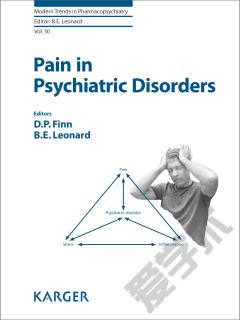
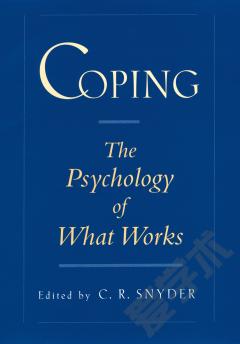
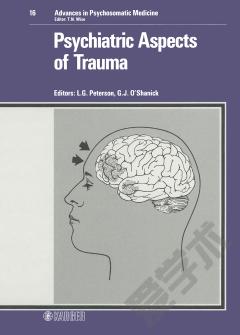
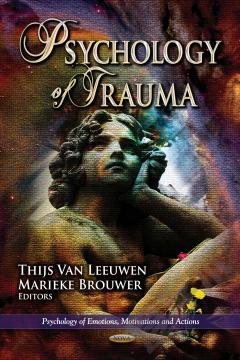
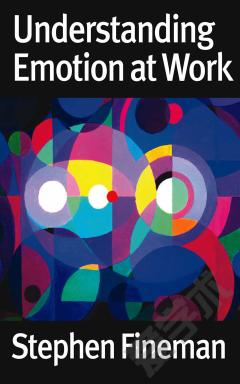
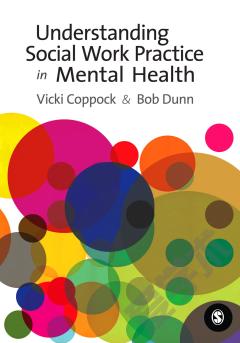

 京公网安备 11010802027623号
京公网安备 11010802027623号